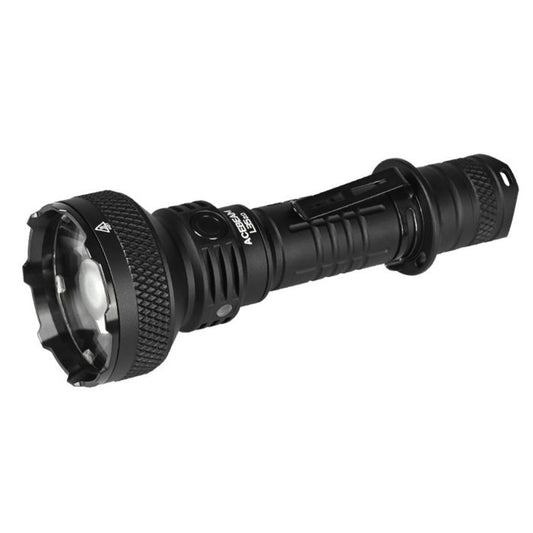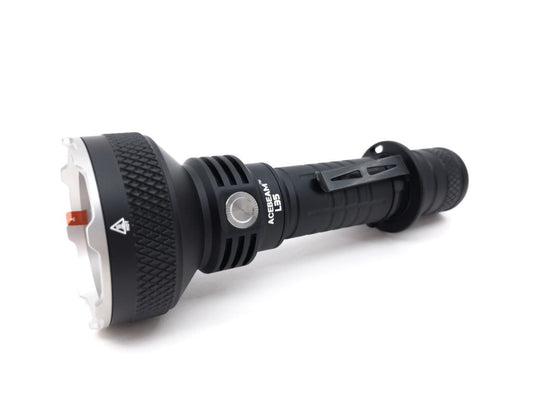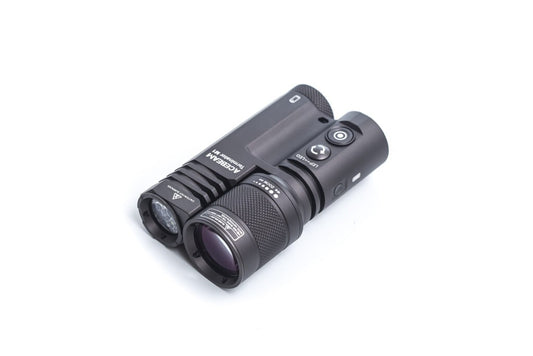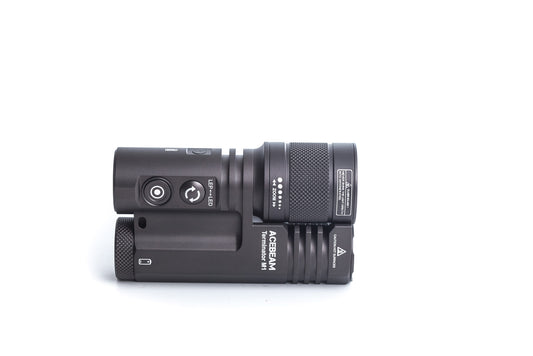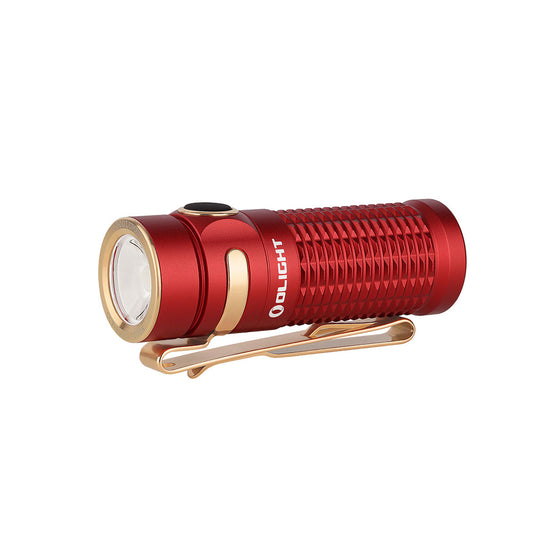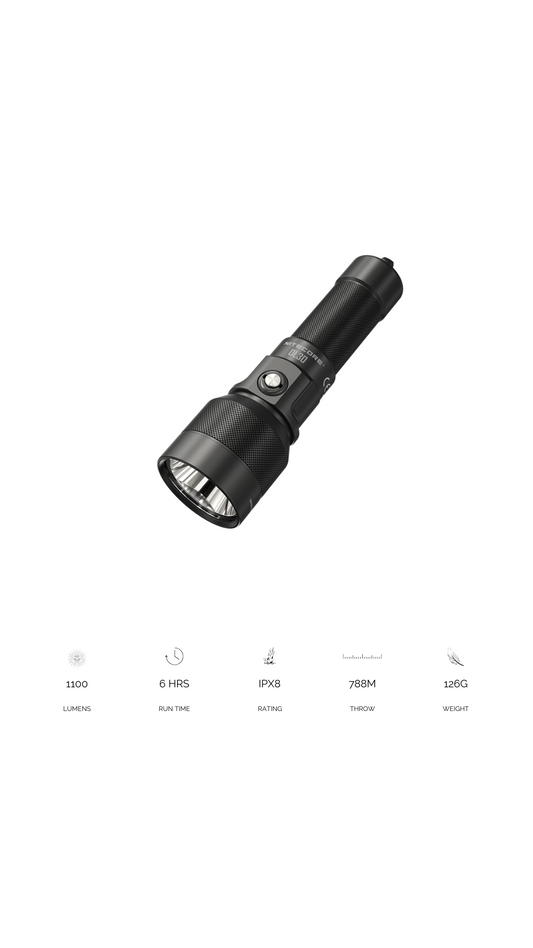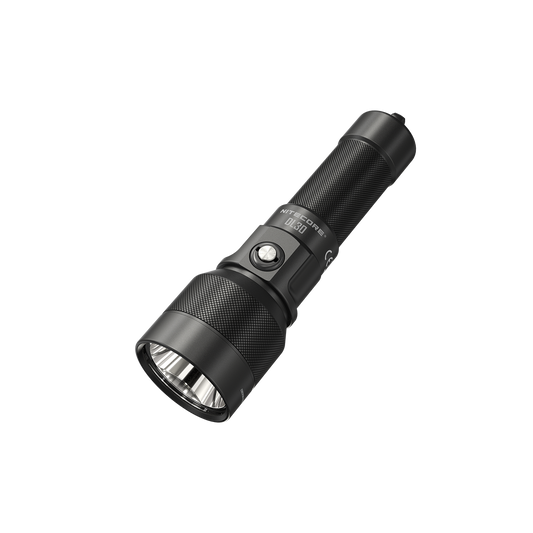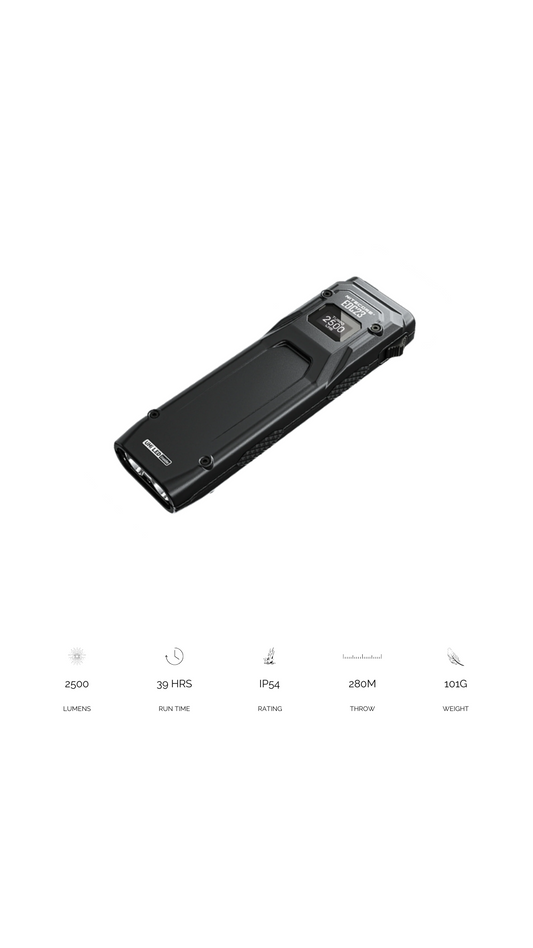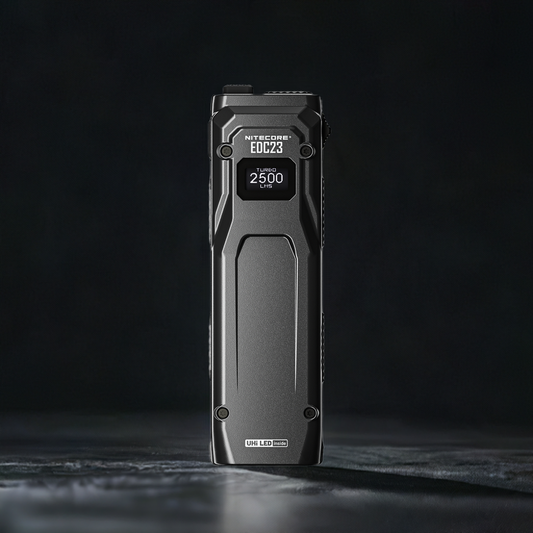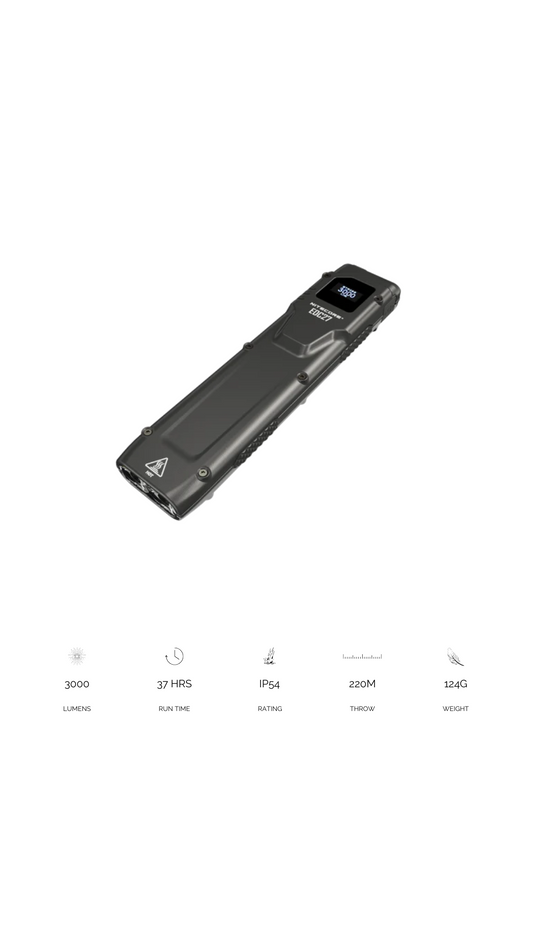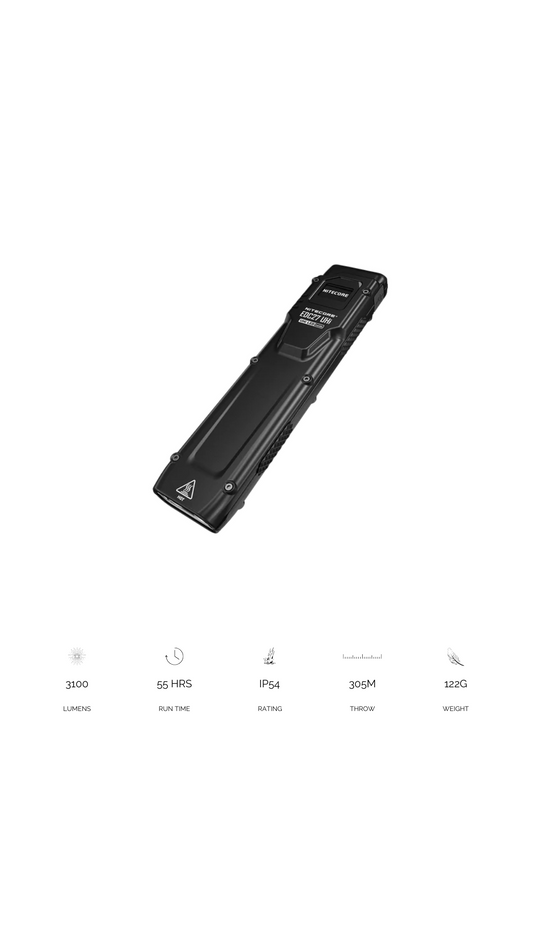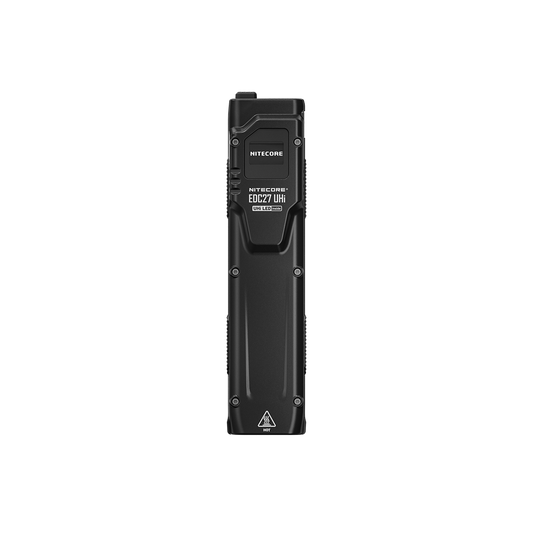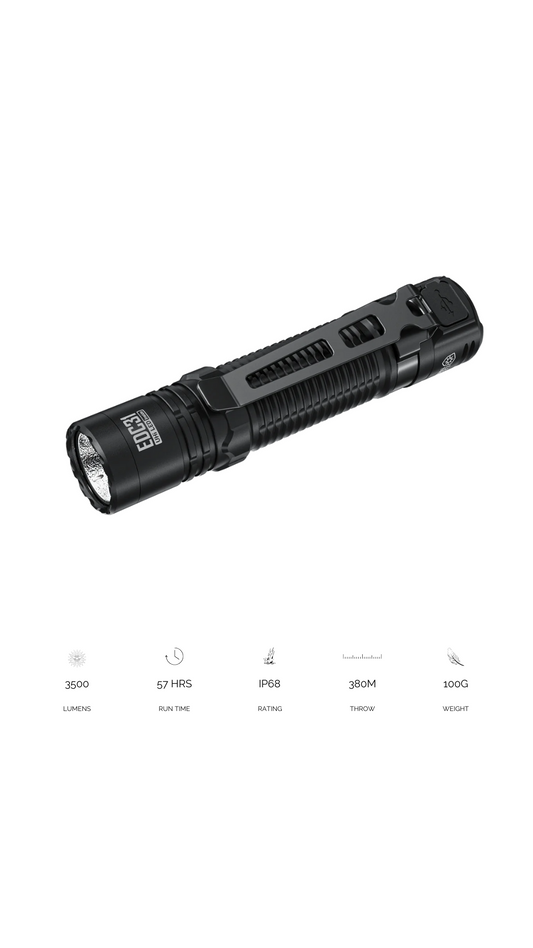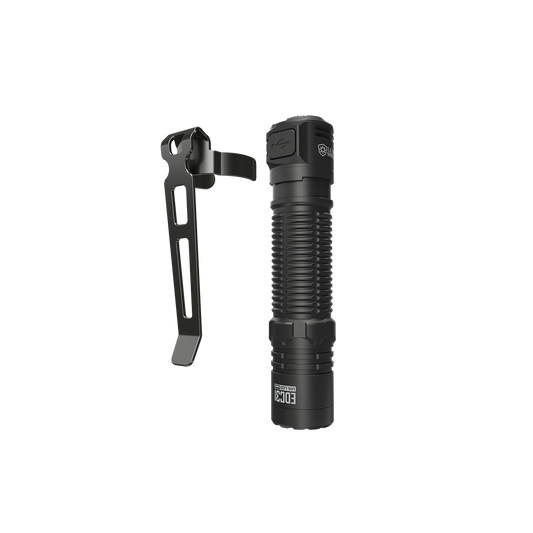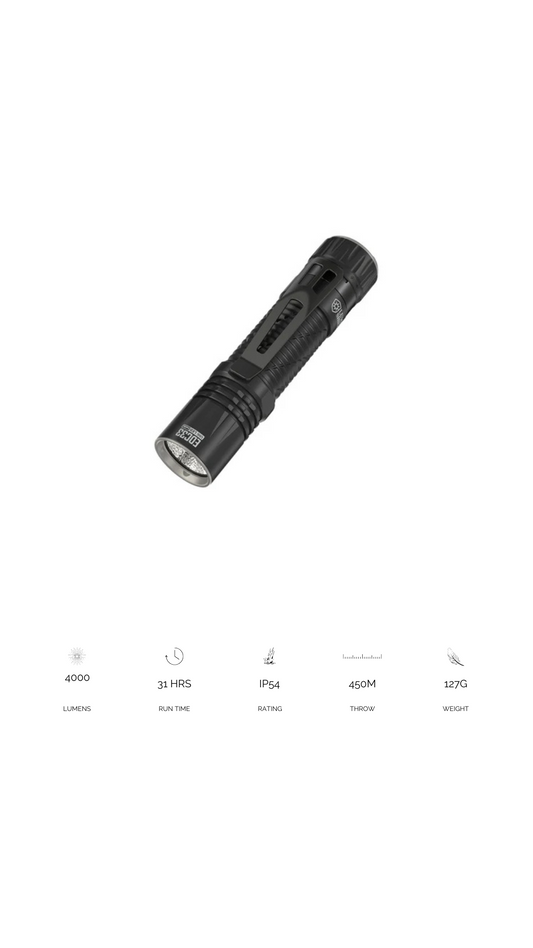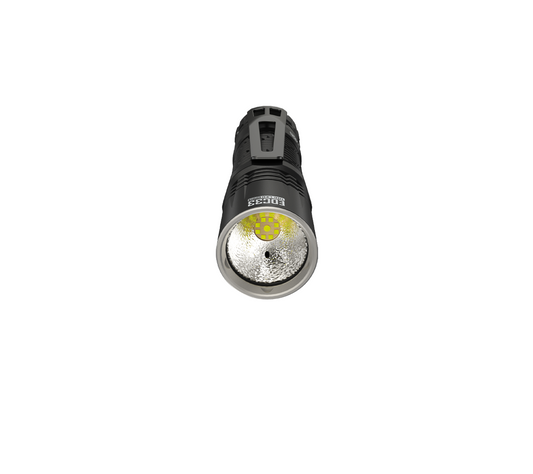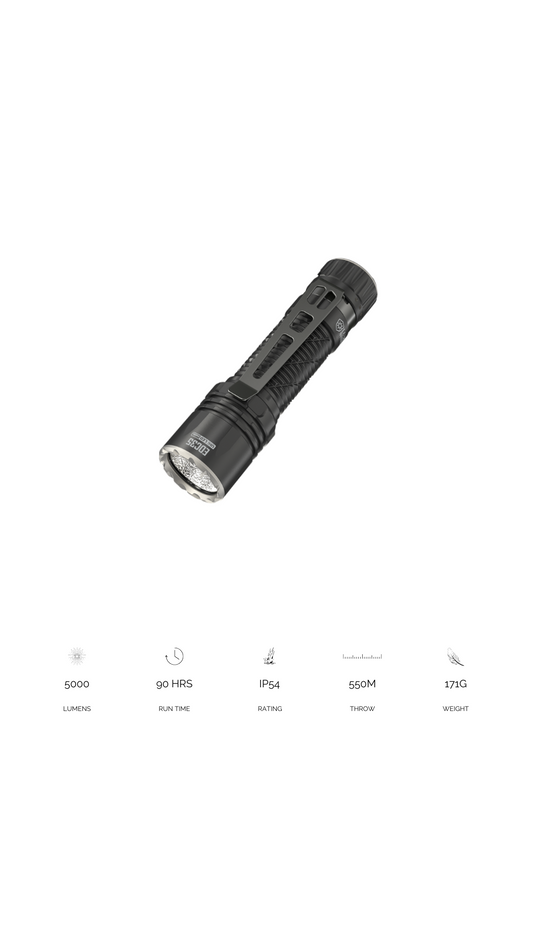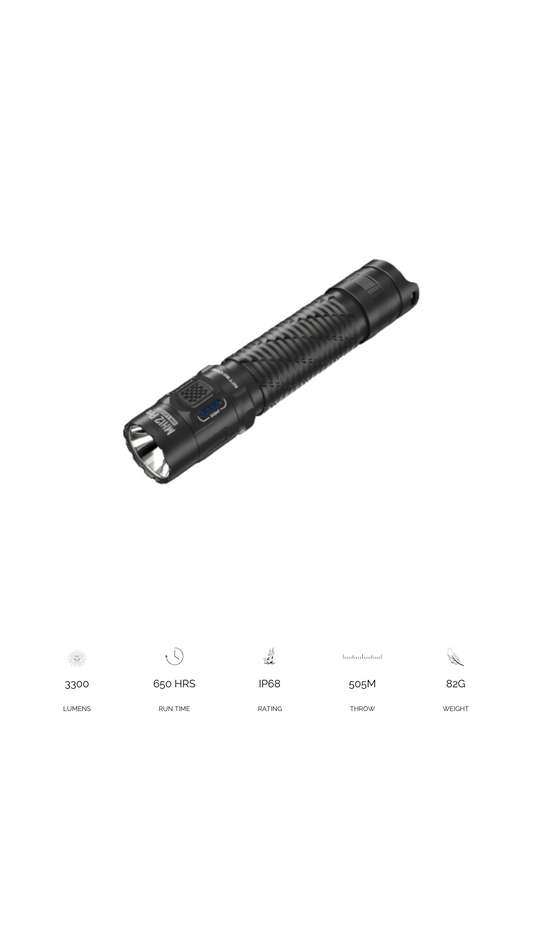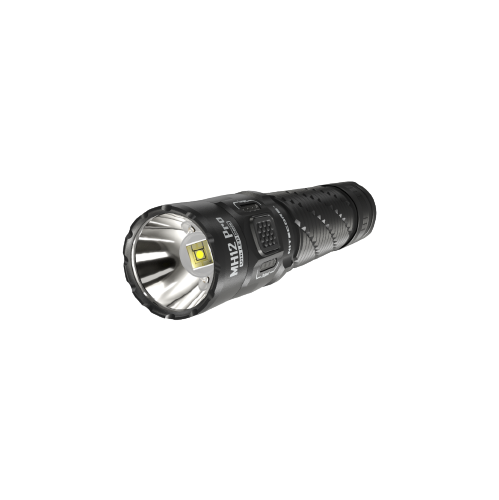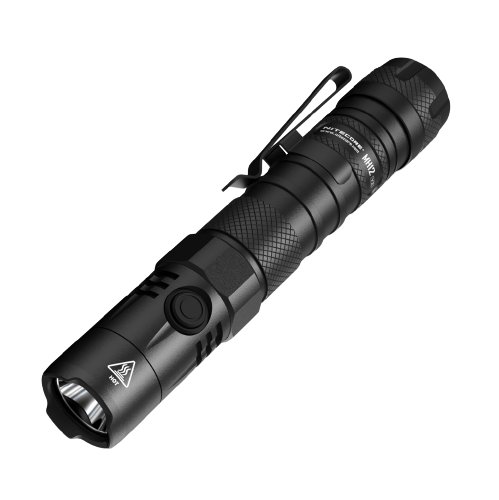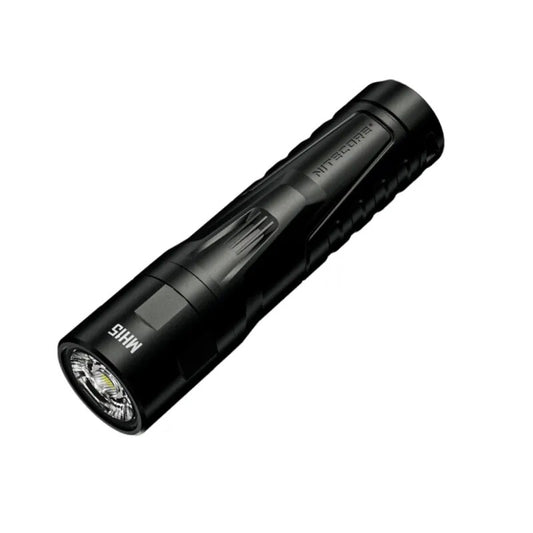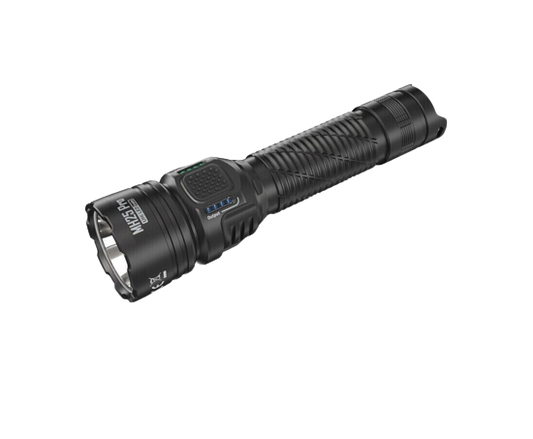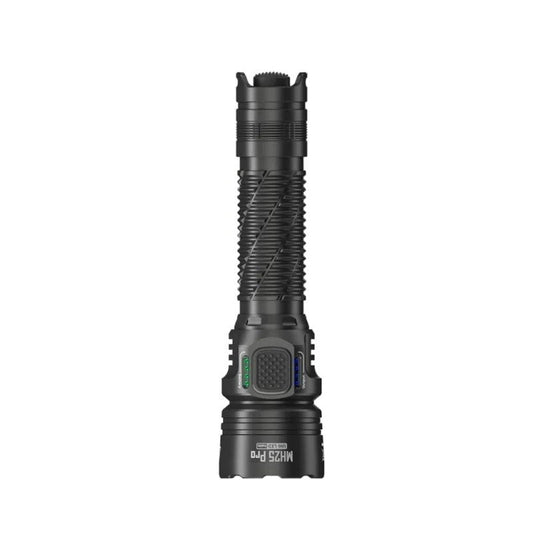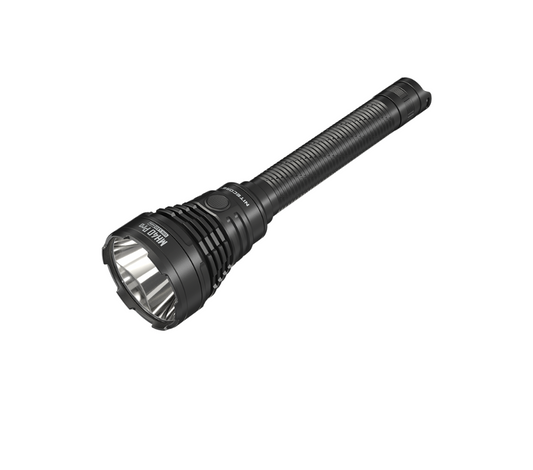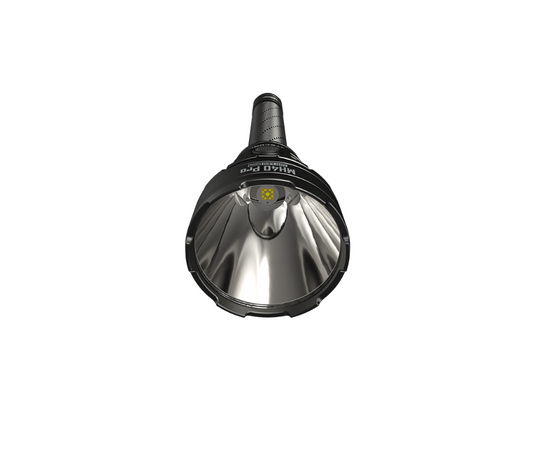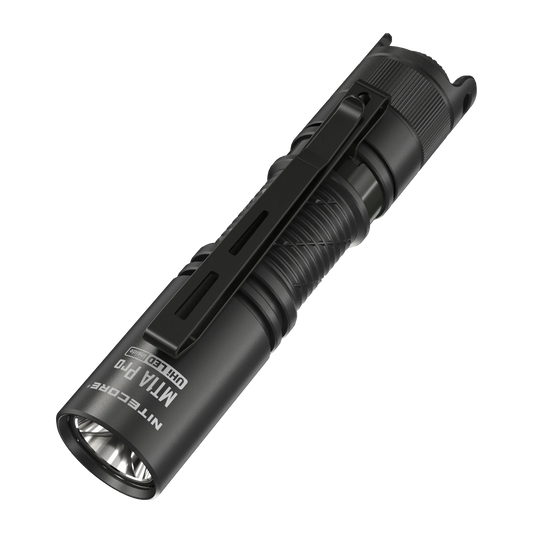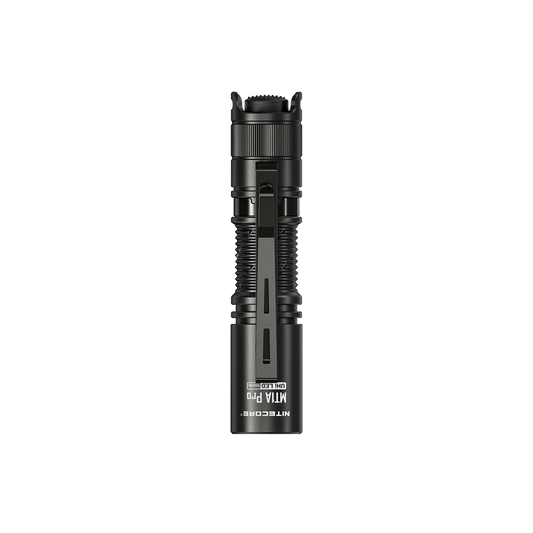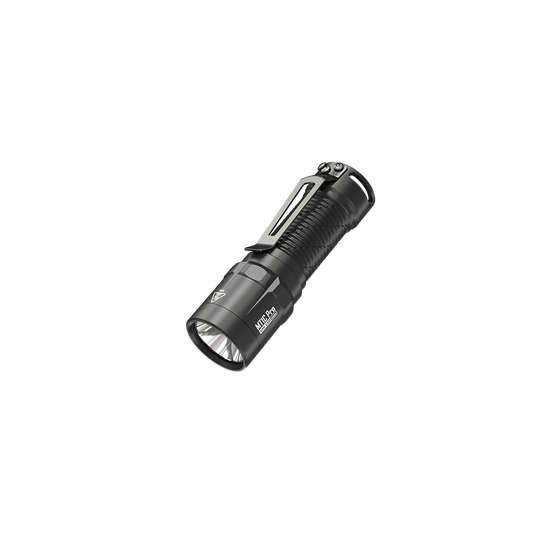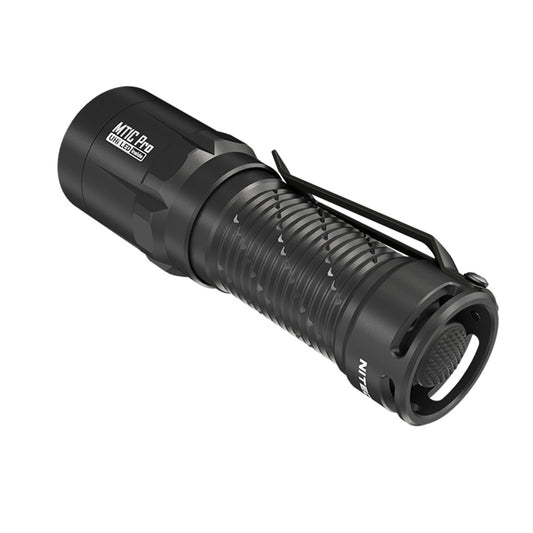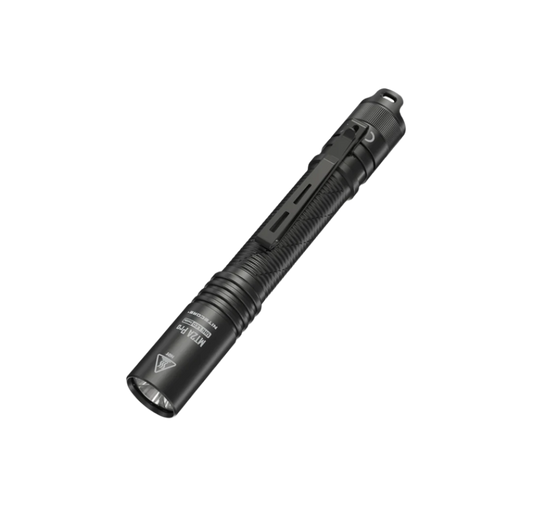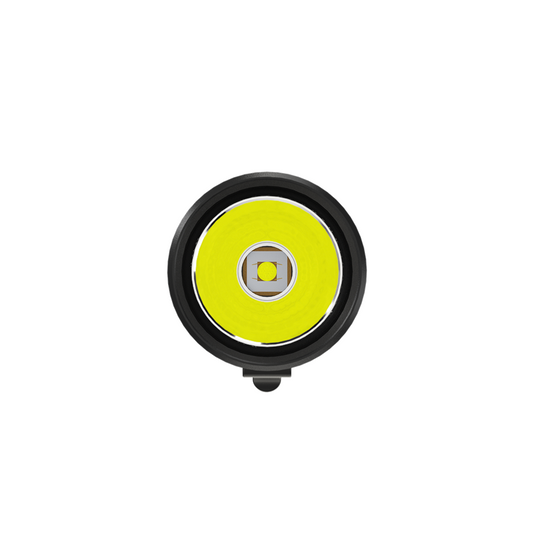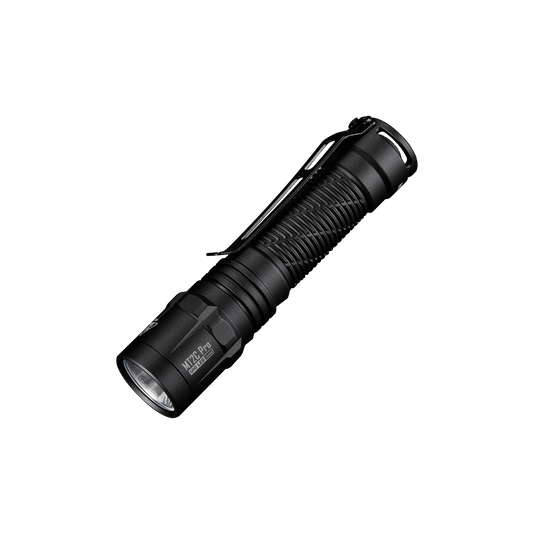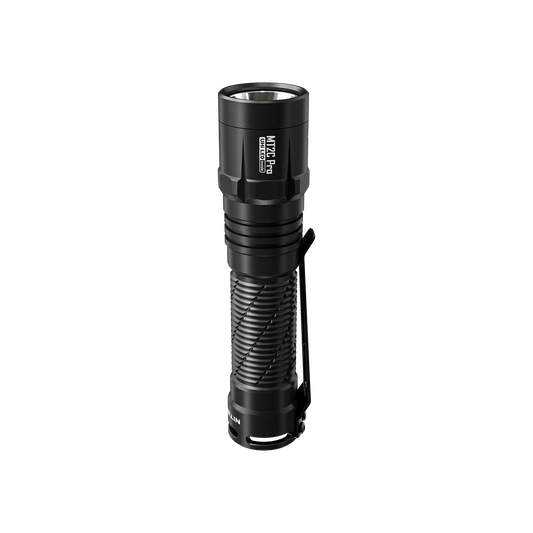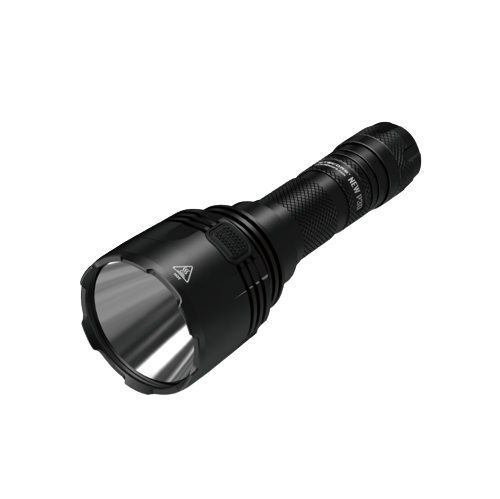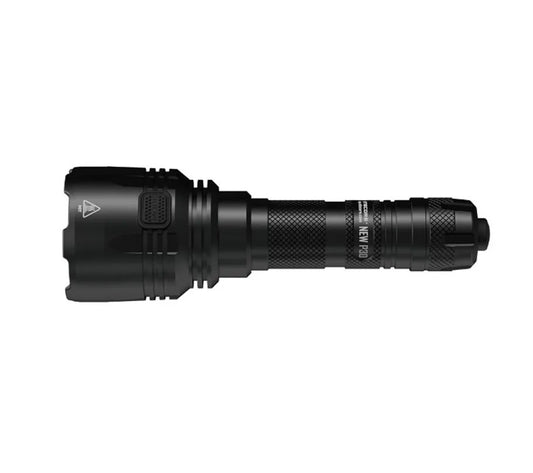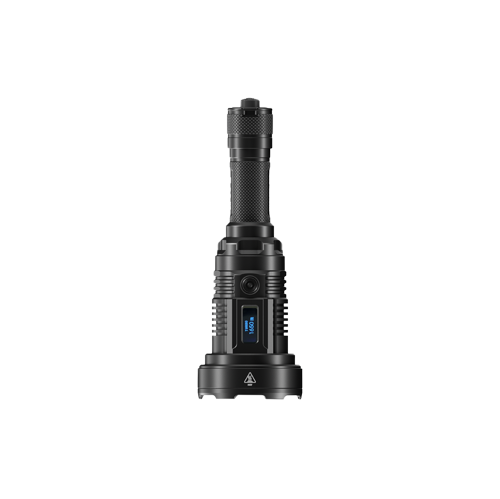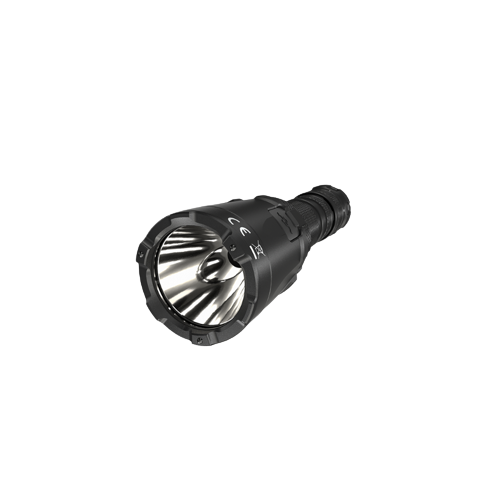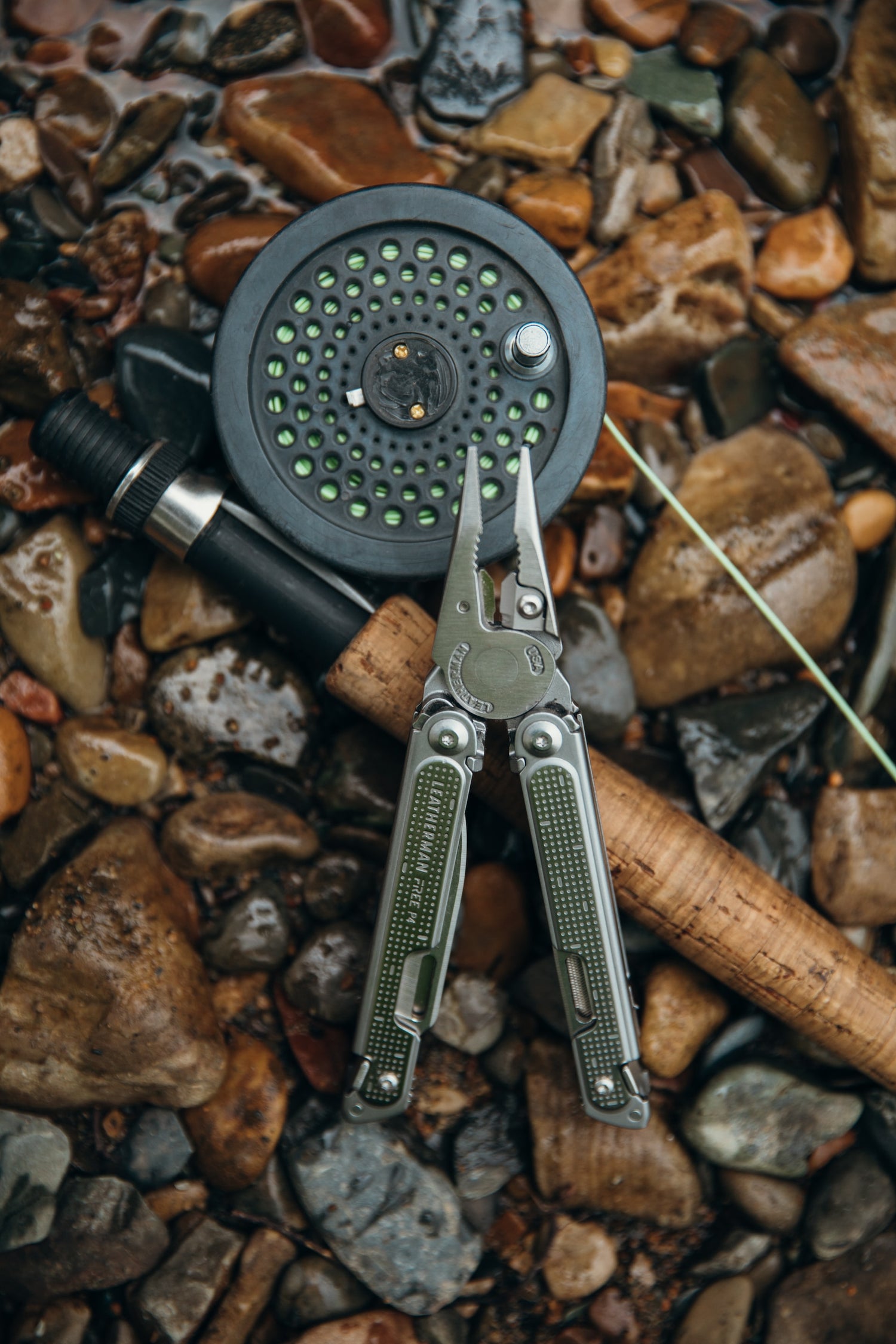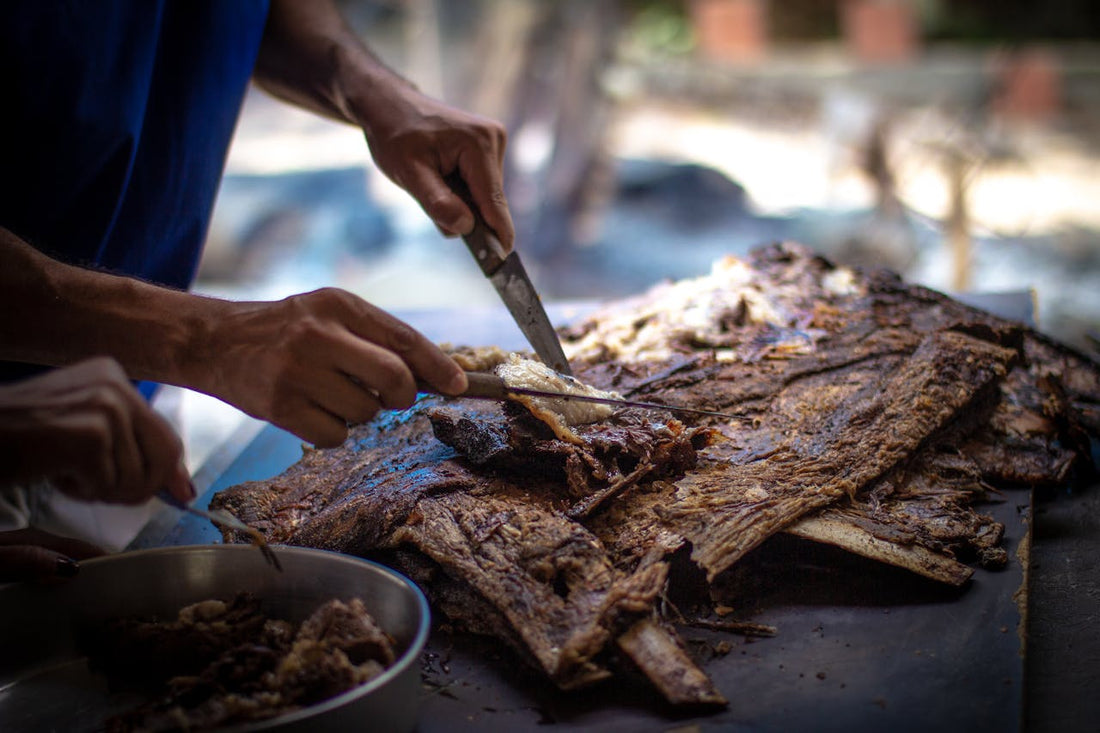
A Sharpened Tale: A brief look into the History of Knives
The knife, a seemingly simple tool, boasts a rich and complex history intertwined with human progress. From the crude stone flakes of our ancestors to the high-tech marvels of today, knives have served as essential companions, adapting to our changing needs across millennia. This article delves into the fascinating journey of the knife, exploring its evolution through material advancements, cultural influences, and the ever-present duality of tools and weapons.
Stone Age Sharpening: The Dawn of Cutting Tools (2.5 million Years Ago - 4000 BC)
Our earliest ancestors, millions of years ago, relied on sharp objects for survival. The dawn of the knife can be traced back to the Oldowan tools, flakes of stone like flint and obsidian, crafted around 2.5 million years ago.
"Dating back an impressive 2.5 million years, the Oldowan industry represents the earliest known culture of stone tool manufacturing. This milestone in human evolution is attributed to Homo habilis, an ancestor of Homo sapiens."
These rudimentary implements were likely used for a variety of tasks, including butchering animals, processing plants, and even fashioning other tools. As toolmaking skills developed during the Upper Paleolithic era (35,000 - 10,000 BC), these early knives became more refined. Homo sapiens crafted blades from bone and improved stone-knapping techniques, creating sharper and more durable tools.
These early knives were more than just tools for survival. They were a testament to human ingenuity and adaptability. The ability to create a sharp edge from readily available materials allowed our ancestors to exploit resources more effectively, contributing significantly to their success.
Metal Makes its Mark: The Bronze and Iron Ages (4000 BC - 500 AD)
The discovery and subsequent utilization of metals ushered in a new era for knives. Around 4000 BC, the Bronze Age brought about the creation of the first metal knives. These early blades, crafted from copper and bronze alloys, offered significant advantages over their stone counterparts. Metal is stronger and more durable, allowing for the creation of thinner, sharper blades that could hold an edge for longer. Additionally, the ability to cast metal in molds facilitated mass production, making knives more readily available.
The Bronze Age also saw the emergence of the single-edged knife. This design, with a sharpened edge on one side and a blunt back on the other, provided greater control and efficiency for tasks like hunting, food preparation, and woodworking. Notably, the Minoan civilization of Crete, flourishing around 2700 – 1450 BC, was renowned for its advanced metalworking techniques, producing high-quality bronze daggers with elaborately decorated hilts.
The Iron Age, beginning around 1200 BC, further revolutionized knifemaking. Iron is stronger and more readily available than bronze, leading to the production of even more durable and versatile blades. The Celts and Romans were particularly skilled in ironworking, and their knives became renowned for their quality and craftsmanship. Notably, the city of Toledo in Spain emerged as a center for knife production, famous for its high-carbon steel blades that held a legendary edge.
Sharp and Stylish: The Rise of Decoration and Specialization (500 AD - 17th Century)
As societies became more complex and hierarchical, so did the role of the knife. It transcended its purely functional purpose and became a symbol of status and social standing. Wealthier individuals began to adorn their knives with intricate decorations, utilizing precious materials like ivory, gold, and gemstones for the handles. These ornate knives were not just tools; they were fashion statements and prized possessions.
The rise of specialized professions also led to the development of a wider variety of knife designs. Butchers, for example, required heavier and sturdier blades for cutting through meat and bone. Leatherworkers employed specialized knives for shaping and trimming hides. This specialization resulted in a diverse array of knife types, each designed for a specific task.
Furthermore, knives became ingrained in cultural practices. Hunting knives became prized possessions for nobility, signifying not just wealth but also prowess in the field. Ritualistic practices also incorporated knives, with specific blade shapes and decorations used for religious ceremonies and sacrifices.

Manners at the Table: Knives Take their Place at Settings (17th Century - 19th Century)
For centuries, people brought their own knives to meals. These personal knives often served a dual purpose, serving both eating and utility tasks. However, the 17th century witnessed a shift in dining etiquette. Individual knives became a standard part of table settings, primarily for cutting food.
The Rise of Cutlery Sets:
This shift in etiquette coincided with the rise of cutlery sets. These sets typically included a knife, fork, and spoon, each designed for a specific function at the table. The use of cutlery sets not only improved table manners but also reflected growing social distinctions. Wealthier individuals could afford more elaborate and ornate cutlery sets, further signifying their status.
The rising popularity of cutlery sets also spurred advancements in cutlery design. Craftsmen began focusing on the ergonomics and aesthetics of these eating utensils, creating pieces that were both functional and visually appealing.

Additionally, here's a brief on the evolution of forks:
The inclusion of forks in cutlery sets is particularly noteworthy. Forks initially considered a novelty for the wealthy, gradually gained wider acceptance during the 18th and 19th centuries. Prior to the widespread use of forks, people primarily used their hands and knives to eat food. The adoption of forks represented a significant shift in dining etiquette and hygiene practices.
Folding for Function: The Rise of the Pocket Knife (17th Century - Present)
While fixed-blade knives dominated for centuries, the invention and development of the folding knife marked a significant advancement in portability and convenience. These compact knives, with blades that folded into the handle for safekeeping, enjoyed immense popularity among travelers, soldiers, and everyday people alike.
Early folding knives were often simple slip-joint designs, with a spring mechanism holding the blade open during use. The 18th century saw the emergence of more complex locking mechanisms, such as the back lock and liner lock, which increased safety and blade stability.
The folding knife truly came into its own in the 19th century. The invention of mass production techniques made them more affordable and readily available. Additionally, the development of high-quality steel alloys like stainless steel further enhanced their functionality and durability.
One of the most iconic folding knives is the Swiss Army knife, first introduced by Karl Elsener in 1891. This multi-tool knife, featuring a variety of blades and tools integrated into the handle, became a symbol of Swiss ingenuity and practicality. Its versatility and portability made it a favorite among soldiers, campers, and outdoor enthusiasts.
The folding knife continues to evolve in the 21st century. Modern designs incorporate innovative materials like titanium and advanced locking mechanisms. Manufacturers cater to a wide range of interests, offering specialized folding knives for hunting, fishing, self-defense, and everyday tasks.

The Industrial Revolution and Beyond: Materials Science Shapes the Modern Knife (19th Century - Present)
The Industrial Revolution ushered in a new era of material science, profoundly impacting knifemaking. The development of high-carbon steel allowed for the creation of blades that were exceptionally sharp and held an edge for longer. Additionally, the invention of stainless steel revolutionized the knife industry. Stainless steel is resistant to rust and corrosion, making it ideal for knives used in kitchens and other environments where moisture is present.
The 20th century saw further advancements in materials. The use of ceramic for knife blades gained popularity due to its exceptional sharpness and edge retention. However, ceramic blades are more fragile than steel and require specialized sharpening techniques. More recently, manufacturers have begun experimenting with exotic materials like titanium, offering knives that are incredibly light and strong but also come with a premium price tag.
The impact of material science extends beyond the blade itself. Modern knife handles are crafted from a variety of materials, each with its own advantages. Traditional materials like wood and bone continue to be used, offering a classic aesthetic. However, synthetic materials like Micarta and G10 have become increasingly popular due to their durability, water resistance, and affordability.
A Global Symphony: Cultural Influences on Knife Design (Prehistoric Era - Present)
The story of the knife can only be fully understood by acknowledging the diverse cultural influences that have shaped its design and use. Throughout history, different regions have developed unique knife styles, reflecting local customs, materials, and craftsmanship traditions.

In Japan, for example, the katana and wakizashi swords are not just weapons but cultural icons. Their distinctive curved blades and intricate craftsmanship reflect the emphasis placed on honor and martial prowess in Japanese society. Similarly, the kukri knife of Nepal, with its distinctive curved blade and thick spine, is a testament to the Gurkha soldiers' renowned fighting skills and their ability to adapt to their mountainous environment.

Beyond combat, knives play a significant role in cultural ceremonies and rituals across the globe. The Inuit people of the Arctic use the Ulu knife, a crescent-shaped blade, for hunting, food preparation, and even shaping clothing. In Africa, throwing knives are a traditional weapon used in some cultures for hunting and self-defense.

Even within countries, regional variations in knife design can be observed. In France, for example, the Laguiole folding knife features a distinctive bee-shaped bolster, a symbol of the Aveyron region. Understanding these cultural influences enriches our appreciation for the diversity and depth of knife history.
The Duality of the Blade: Knives as Tools and Weapons (Prehistoric Era - Present)
Since their inception, knives have occupied a unique position, existing as both essential tools and potentially lethal weapons. This duality is a recurring theme throughout history.
For the vast majority of their existence, knives were primarily tools for survival. They were used for hunting, food preparation, crafting other tools, and building shelters. As societies evolved and became more complex, knives continued to be essential tools for a wide range of professions, from farmers and butchers to carpenters and leatherworkers.
However, the sharp edge of a knife also lends itself to violence. Throughout history, knives have been used as weapons in warfare, self-defense, and crime. The development of specialized fighting knives, like the dagger or the dirk, further underscores this duality. While some cultures revered these weapons for their effectiveness in combat, others viewed them with a sense of caution and even fear.
The legal and social regulation of knives reflects this complex relationship. Many countries have laws restricting the carrying of certain types of knives, particularly those designed primarily for combat. However, knives remain essential tools in many professions and everyday activities, and responsible knife ownership is generally permitted.
The debate surrounding knife control highlights the importance of responsible use and education. Learning proper knife-handling techniques and safety precautions can help prevent accidents and misuse. Additionally, understanding the rich history and cultural significance of knives fosters respect for this versatile tool.
The Future of the Knife: Innovation and Adaptation (21st Century and Beyond)
The story of the knife is one of continuous evolution. As technology advances and societal needs change, knives will undoubtedly continue to adapt. Here are some potential areas for future development:
• Advanced Materials: Manufacturers are constantly exploring new materials for blades and handles. Materials scientists are developing alloys with even greater strength, edge retention, and corrosion resistance. Composite materials that combine different properties may also play a role in future knife designs.
• Smart Knives: The integration of electronics into knives is a possibility for the future. Imagine a knife with a sensor that alerts the user when the blade needs sharpening or a handle that provides haptic feedback for improved control.
• 3D Printing: The rise of 3D printing technology could revolutionize knife customization. In the future, individuals may be able to print personalized knives with specific blade shapes and handle designs.
Despite these potential advancements, the knife's core function is unlikely to change dramatically. It will remain a versatile tool for a wide range of tasks, from food preparation to self-reliance in the outdoors. The knife's enduring legacy lies in its ability to adapt to our changing needs while retaining its timeless functionality.
A Sharpened Legacy
The knife is a testament to human ingenuity and adaptability. From the crude stone flakes of our ancestors to the high-tech marvels of today, it has served as a constant companion, shaping our history and reflecting our cultural values. As we move forward, the story of the knife will continue to unfold, a testament to the enduring power of a simple tool with a rich and complex legacy.

